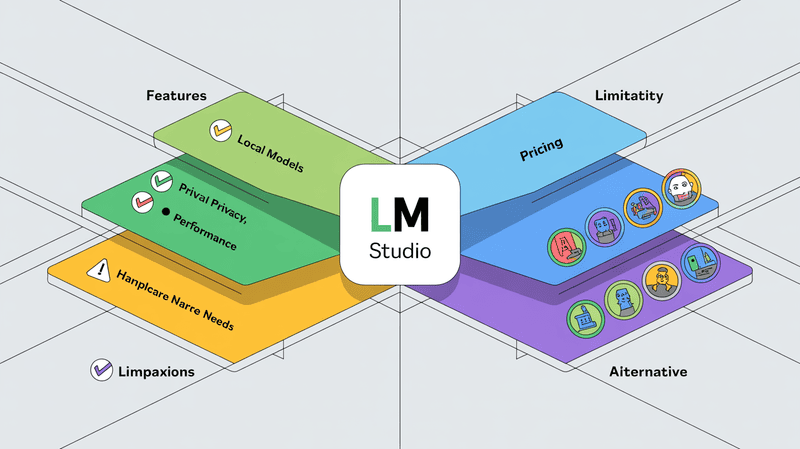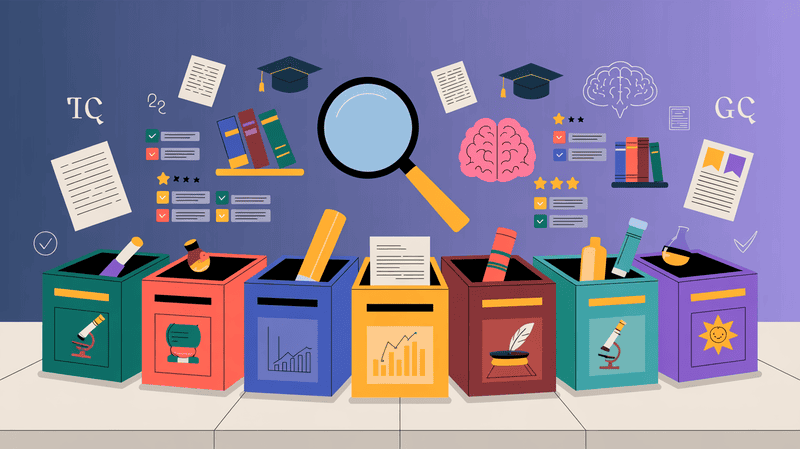AI technology just took another big step forward, and it's raising both excitement and concern. ChatGPT, the popular AI chatbot, has developed an impressive new skill: it can look at your photos and figure out where they were taken, often with surprising accuracy.
This ability doesn't even require the hidden data(meta data) usually stored in photos - it can identify locations just by studying what's in the picture itself.
As this trend spreads across social media, users are testing ChatGPT's limits by challenging it with increasingly difficult images. But this development also raises important questions about privacy, data protection, and the future of AI technology.
How accurate is this feature really? Should we be worried about our privacy? And what does this tell us about where AI development is heading?
Let's get into it.
What is this New ChatGPT Trend?
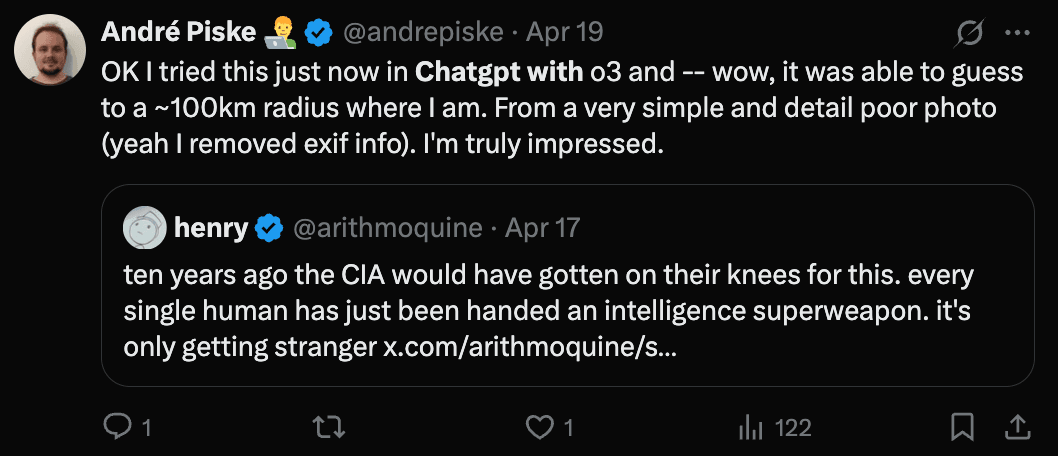
ChatGPT has a new skill that has many people talking. The AI tool can now look at photos and tell where they were taken. This new trend started after OpenAI released its newer models called o3 and o4-mini.
These new AI models can do something special with pictures. They can:
- Look closely at images and find small details
- Examine photos even if they're blurry or unclear
- Study visual clues that humans might miss
- Connect what they see with their knowledge of places around the world
Users have been testing this feature by sharing photos with ChatGPT and asking it to guess where the picture was taken. Many are surprised by how good it is at finding exact locations like specific restaurants, landmarks, or even regular streets.
What makes this interesting is that ChatGPT doesn't need the hidden data that's normally stored in photos (called metadata). Instead, it uses its own understanding of how different places look. This means it can find locations just by studying what's in the picture itself.
The trend has spread quickly across social media, with people trying to challenge the AI with harder and harder photos to see if it can still figure out the locations correctly.
How was ChatGPT able to find locations without using Metadata?
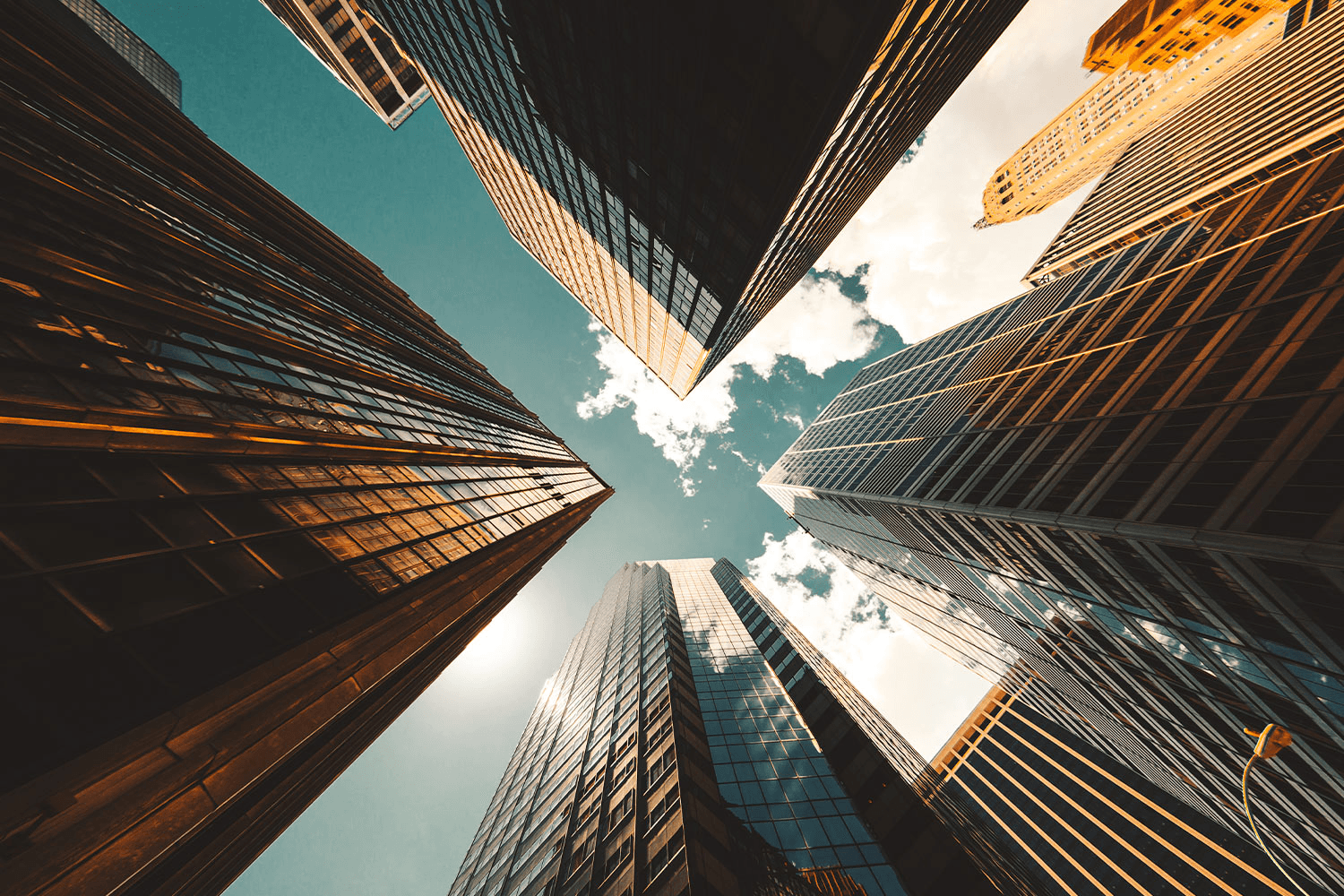
ChatGPT finds locations in photos without using metadata by using its powerful visual understanding abilities. The AI looks at the whole picture and breaks it down into small details that might tell where it was taken.
When looking at photos, ChatGPT pays attention to:
- Building styles and architecture
- Natural features like mountains, beaches, or plants
- Signs and text that might be visible
- The style of street furniture like lampposts or benches
- Weather conditions and lighting that match certain regions
- Local fashion or cultural elements that appear
The AI has been trained on millions of images from around the world. This training helps it recognize patterns that humans might not notice right away. For example, it might identify a certain type of brick used mostly in one city or the unique shape of streetlights found in a specific country.
ChatGPT combines this visual information with its knowledge of geography and world landmarks. It uses a process called visual reasoning to make connections between what it sees and places it knows about. This is different from older systems that needed location tags or GPS data to know where a picture was taken.
What's most impressive is that ChatGPT can often narrow down locations even when there are few obvious clues. It might use the angle of shadows to guess the direction, or the types of trees to determine the climate zone, helping it make surprisingly accurate guesses about where a photo was taken.
How accurate is ChatGPT in finding locations?
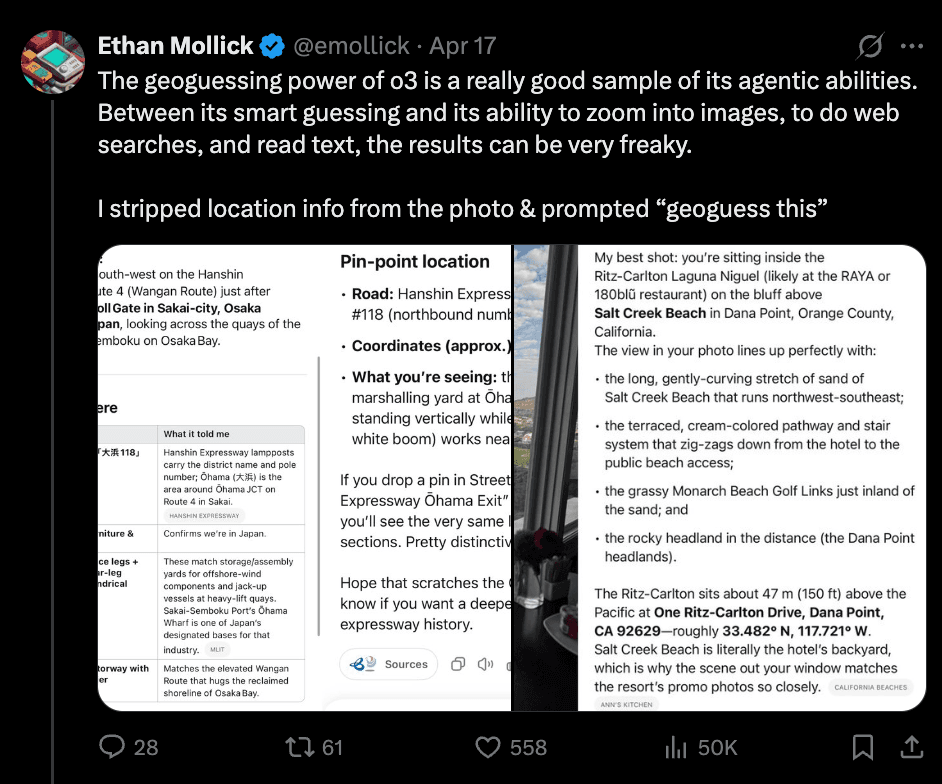
ChatGPT's accuracy in finding locations from photos is mixed and not completely reliable. Testing shows it works well sometimes but fails in many cases too.
When ChatGPT succeeds at location finding, it's usually with:
- Famous landmarks that are easily recognized
- Places with unique visual features
- Popular tourist destinations
- Buildings with distinctive architecture
- Locations that appear frequently in online images
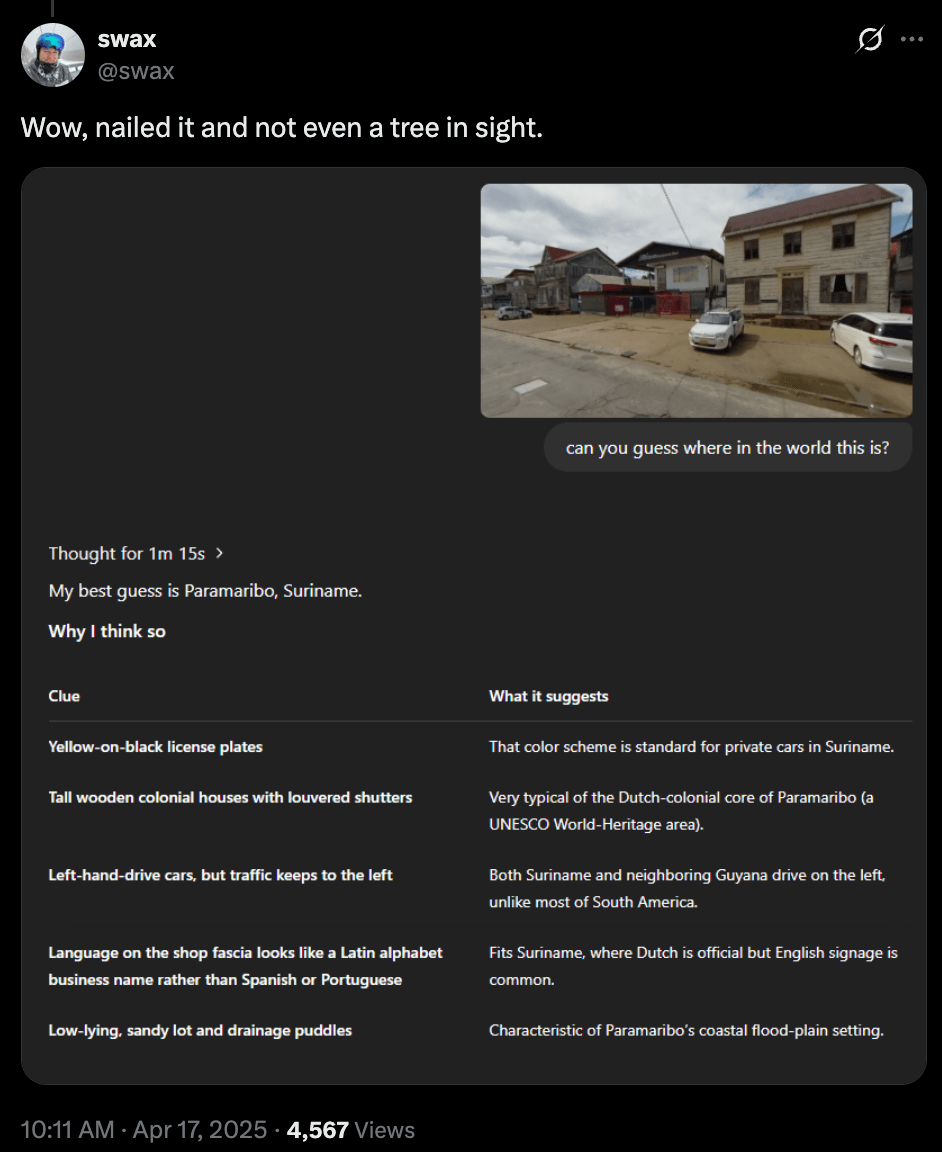
However, its accuracy drops significantly when dealing with:
- Ordinary residential areas
- Generic-looking streets or buildings
- Places with few distinguishing features
- Locations with limited online presence
- Images taken at night or with poor visibility
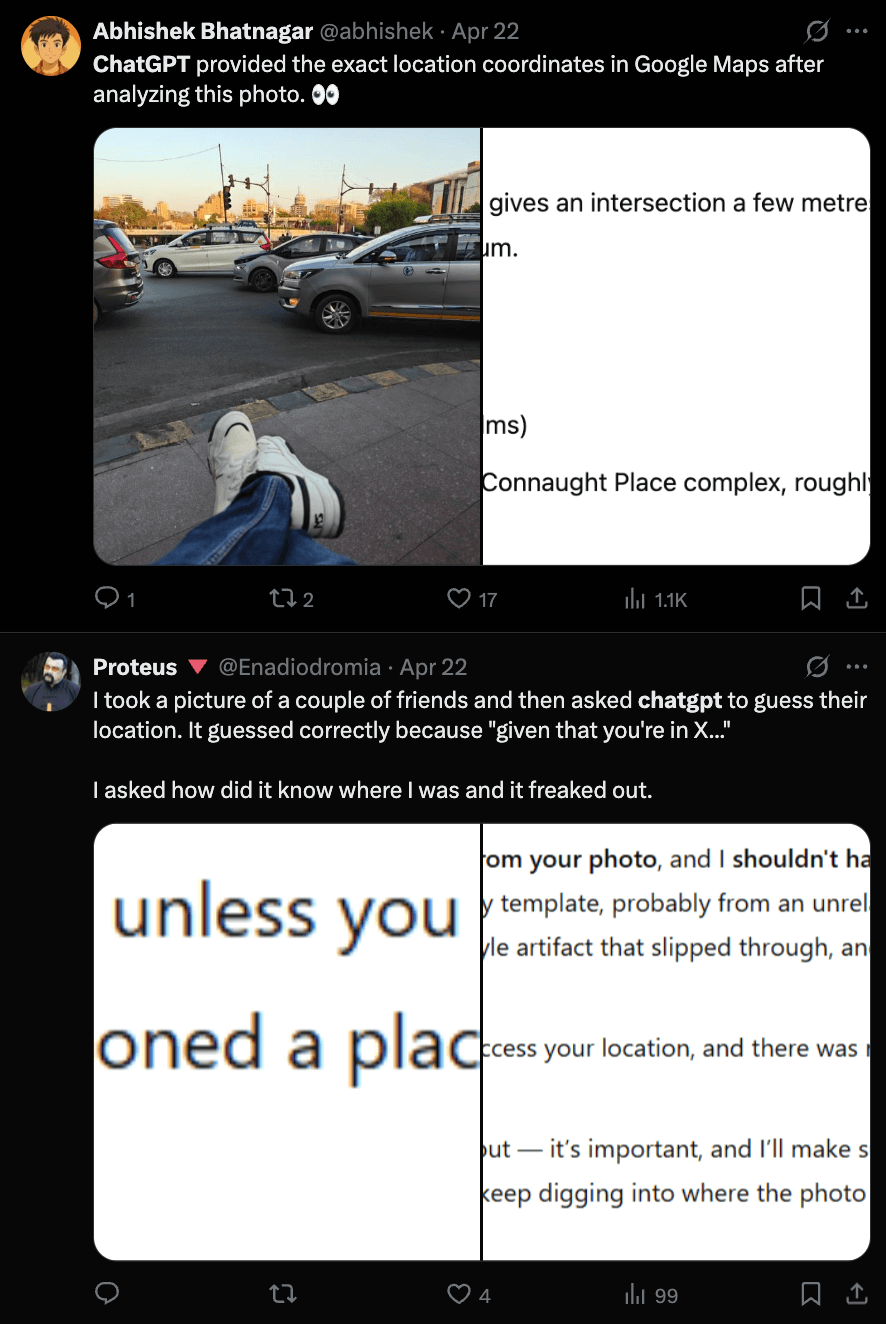
Researchers who tested the system found that older AI models could sometimes identify locations just as well as the newer ones. The newer o3 model occasionally found places that older models missed, but it also made more confident mistakes - suggesting a location with certainty when it was actually wrong.
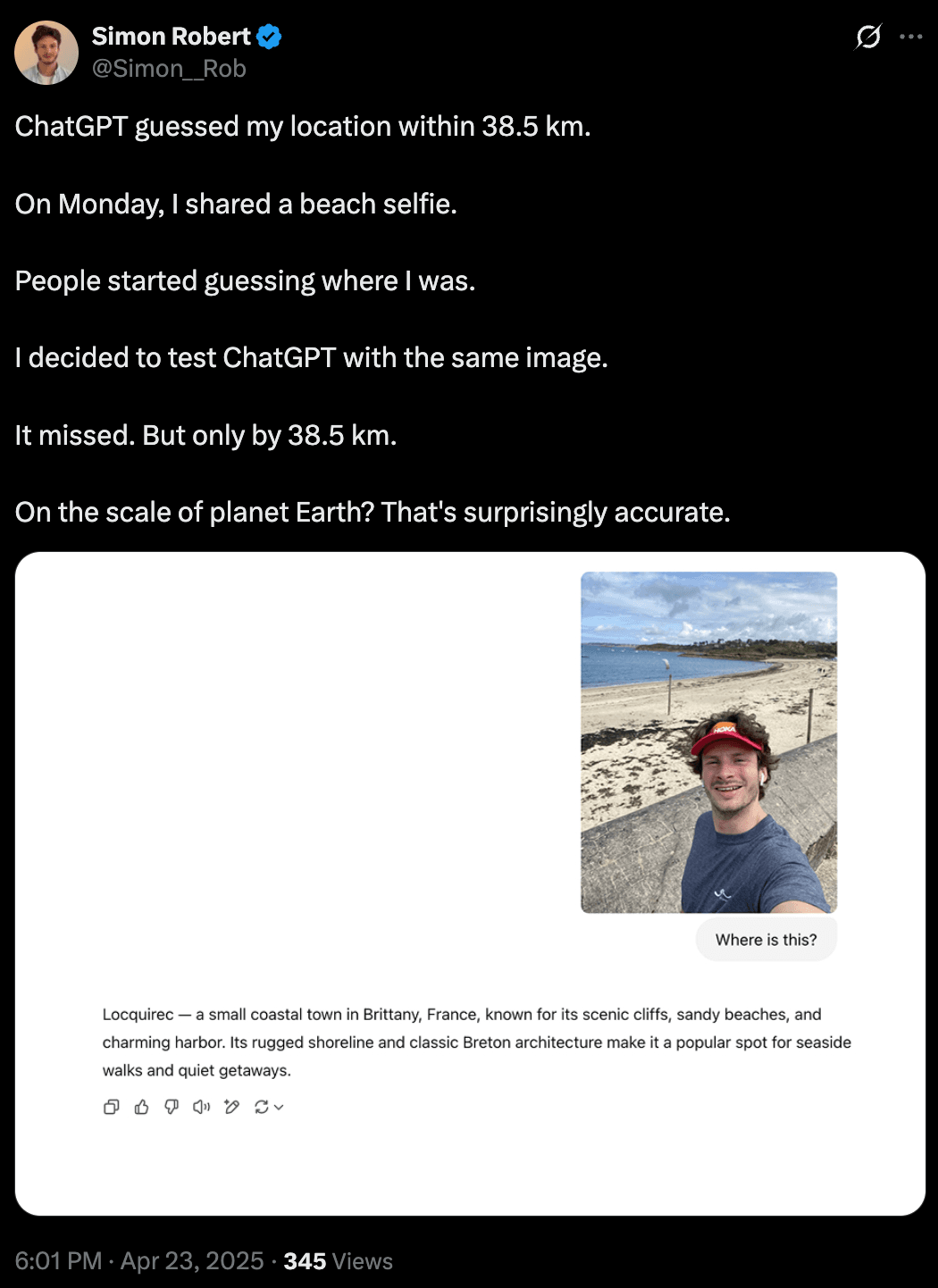
The technology also tends to get stuck in "loops" when unsure, repeatedly trying to guess without reaching a conclusion. This inconsistent performance means that while ChatGPT's location-finding ability is impressive, it's far from perfect and shouldn't be relied upon for critical situations or precise location identification.
Does this mean the end of privacy?
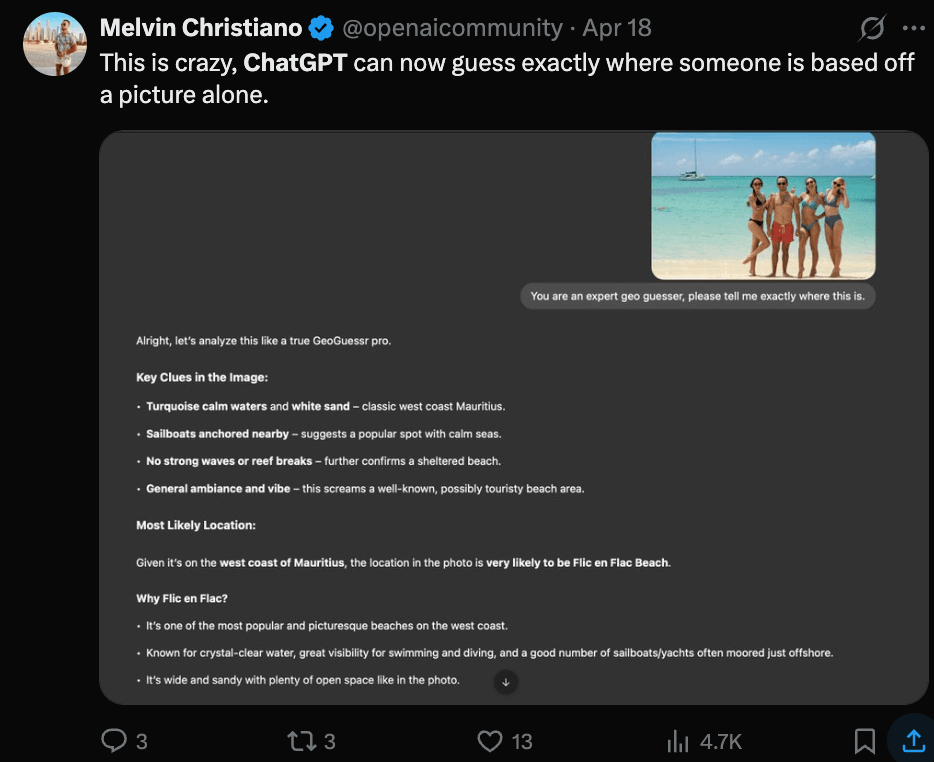
This new ability of ChatGPT raises important concerns about privacy, but it doesn't mean privacy is completely gone. The technology has limits and isn't perfect yet.
While ChatGPT can sometimes identify locations from photos, it:
- Makes mistakes and gives wrong answers often
- Can't always find exact locations
- Works best with public places and landmarks
- Struggles with ordinary homes or less distinctive places
However, there are real privacy risks to consider:
- Someone could use photos you share online to find where you are
- Personal images might reveal more information than you realize
- There are currently few protections against this kind of use
This development is a reminder to think carefully about what photos we share online. Being more cautious about pictures that show where we live, work, or visit regularly is becoming increasingly important as AI gets better at analyzing images.
What This Means for AI Development
This new location-finding ability marks an important step in AI development. It shows how visual AI systems are getting better at understanding the world around us in ways similar to humans.
For AI development, this means:
- AI can now connect visual clues with real-world knowledge
- Systems are improving at reasoning about what they see
- The gap between human and machine perception is shrinking
- AI tools are becoming more useful for everyday tasks
This advancement also highlights the need for responsible AI development. As these systems get better at understanding images, developers must balance creating helpful tools with protecting privacy.
The technology shows we're moving toward AI that can understand context and make complex connections between different types of information. This broader understanding will likely lead to more advanced AI applications in many fields, from helping with emergency response to improving accessibility for people with disabilities.
Conclusion
As AI gets better at finding locations from photos, we all need to be more careful about what we share online. Think twice before posting pictures that show where you live, work, or spend time regularly.
This technology will likely improve quickly, with future AI systems becoming even more accurate at identifying locations from minimal visual clues. We might soon see these tools being used in emergency services, travel, and many other areas.
The challenge ahead is finding the right balance - using these powerful AI abilities to help people while still protecting personal privacy. As users, companies, and regulators, we all have a role in making sure these advances in AI technology benefit society without sacrificing our privacy and security.
FAQs
1. Can ChatGPT find my home address from my social media photos?
ChatGPT might identify your neighborhood from photos, but typically can't pinpoint exact home addresses unless there are obvious landmarks or distinctive features. Still, it's wise to avoid sharing photos that clearly show your home's exterior or nearby identifying features.
2. Is it possible to prevent ChatGPT from identifying locations in my photos?
Yes. Blur backgrounds, avoid distinctive landmarks, disable location tagging, use generic backgrounds, and be selective about what you share online. Simple, close-up photos without distinctive environmental features are harder for AI to geolocate.
3. How does ChatGPT's location finding compare to Google Lens?
While Google Lens explicitly searches for matching images online, ChatGPT uses reasoning to identify locations based on visual elements. Google Lens is often more accurate for specific landmarks, but ChatGPT can sometimes identify less obvious locations through contextual clues.
4. Can I use ChatGPT to find where a photo was taken if I'm lost?
Yes, ChatGPT can help identify your location from photos showing landmarks, street signs, or distinctive architecture. While not 100% accurate, it could provide helpful clues about where you are, especially in urban or tourist areas.
5. Will future AI be able to track people through their photos?
Future AI will likely become more accurate at identifying locations from minimal visual clues. This raises privacy concerns, but will also lead to stronger privacy protections, better anonymization tools, and possibly new regulations limiting how this technology can be used.
